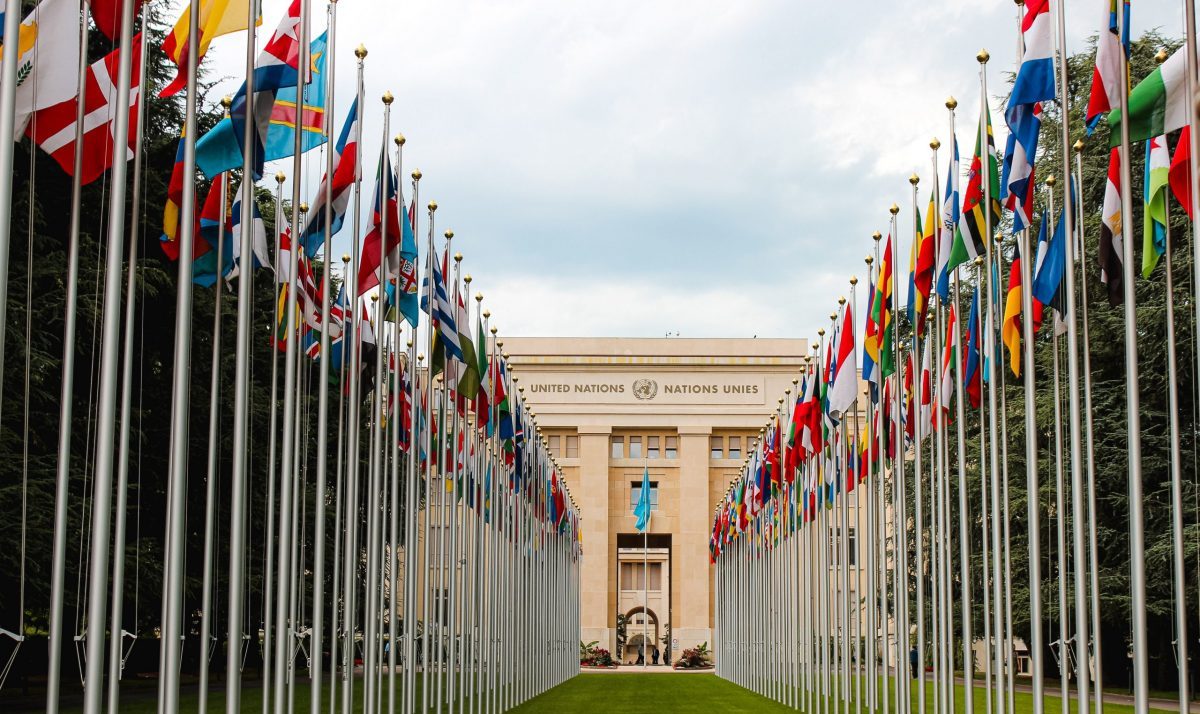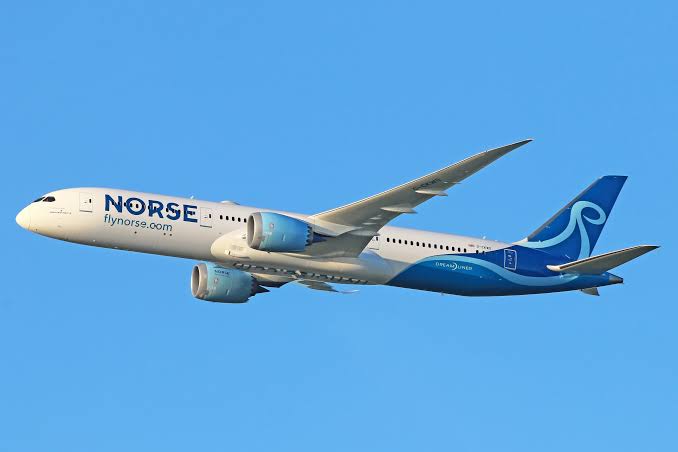By: Hibba Qureshi
The COVID-19 pandemic has reshaped the world in unprecedented ways, compelling nations to rethink their approaches to public diplomacy. As traditional methods of fostering international relations and cultural exchange faced significant disruptions, the need to adapt strategies for a pandemic-stricken world became imperative. This article explores the evolution of public diplomacy amidst the global health crisis and outlines key adaptations that have emerged.
Before the pandemic, public diplomacy primarily relied on face-to-face interactions, cultural programs, international conferences, and educational exchanges. These activities fostered mutual understanding and built bridges between nations. However, the global lockdowns and travel restrictions implemented to curb the spread of the virus rendered many of these traditional methods impractical. Diplomatic missions and cultural institutions were forced to close their doors, and large-scale events were canceled or postponed indefinitely.
In response to these challenges, digital diplomacy surged to the forefront. Social media platforms, video conferencing tools, and other digital communication technologies have become essential for maintaining international connections. Embassies and consulates ramped up their online presence, engaging with global audiences through virtual events, webinars, and social media campaigns.
For instance, the U.S. Department of State launched virtual exchange programs, allowing students and professionals to continue their cultural and educational exchanges despite travel restrictions. Similarly, the British Council adapted its cultural diplomacy initiatives by offering online art exhibitions and virtual performances, ensuring continued cultural engagement.
The pandemic also highlighted the importance of health diplomacy. Nations recognized that combating a global health crisis required unprecedented levels of international cooperation and information sharing. Countries engaged in collaborative efforts to develop vaccines, share medical supplies, and provide financial aid to those hit hardest by the pandemic.
China, for example, used health diplomacy to enhance its global image by sending medical teams and supplies to various countries. The European Union coordinated efforts to ensure the equitable distribution of vaccines through initiatives like COVAX, emphasizing solidarity and mutual support.
Effective communication became crucial during the pandemic. Public diplomacy efforts had to address not only the health crisis but also the misinformation and disinformation that proliferated alongside the virus. Governments and international organizations launched information campaigns to provide accurate, reliable information about COVID-19 and vaccination efforts.
The World Health Organization (WHO) played a central role in disseminating scientific information and combating myths related to the virus. National governments, such as New Zealand’s, utilized clear and transparent communication strategies to maintain public trust and compliance with health measures. These efforts underscored the importance of credibility and clarity in public messaging.
Cultural diplomacy, a cornerstone of public diplomacy, also underwent significant transformation. Cultural institutions and diplomatic missions leveraged digital platforms to continue their work. Virtual tours of museums, online film festivals, and digital music performances became common, enabling global audiences to engage with different cultures from the safety of their homes.
Germany’s Goethe-Institut, for example, launched the “Digital Culture” initiative, offering a range of online cultural programs. Similarly, Japan’s cultural diplomacy efforts included virtual tea ceremonies and digital manga exhibitions, providing a window into Japanese culture for international audiences.
As the world begins to recover from the pandemic, the adaptations made in public diplomacy are likely to have lasting impacts. The increased reliance on digital tools has expanded the reach and accessibility of diplomatic efforts, making cultural and educational exchanges more inclusive. However, the value of in-person interactions and the unique experiences they offer should not be underestimated.
Going forward, a hybrid approach that combines digital and traditional methods may become the norm. This approach would allow nations to leverage the strengths of both formats, enhancing their public diplomacy efforts in a post-pandemic world. The COVID-19 pandemic has forced a reevaluation of public diplomacy strategies, leading to innovative adaptations that have ensured the continuity of international engagement. By embracing digital tools, enhancing health diplomacy, and adapting communication strategies, nations have navigated the challenges posed by the pandemic. As we move forward, these lessons will inform the future of public diplomacy, fostering a more connected and resilient global community.














